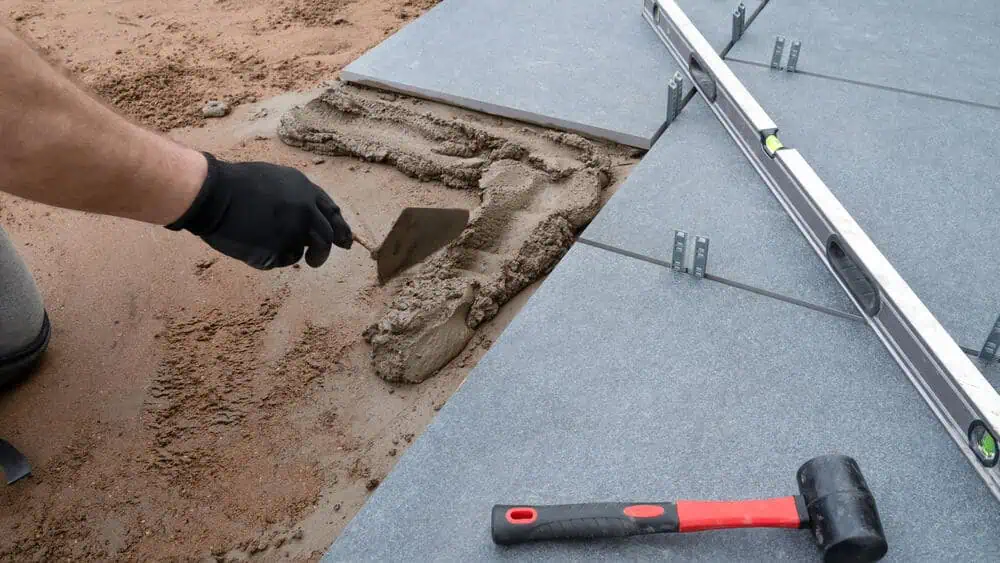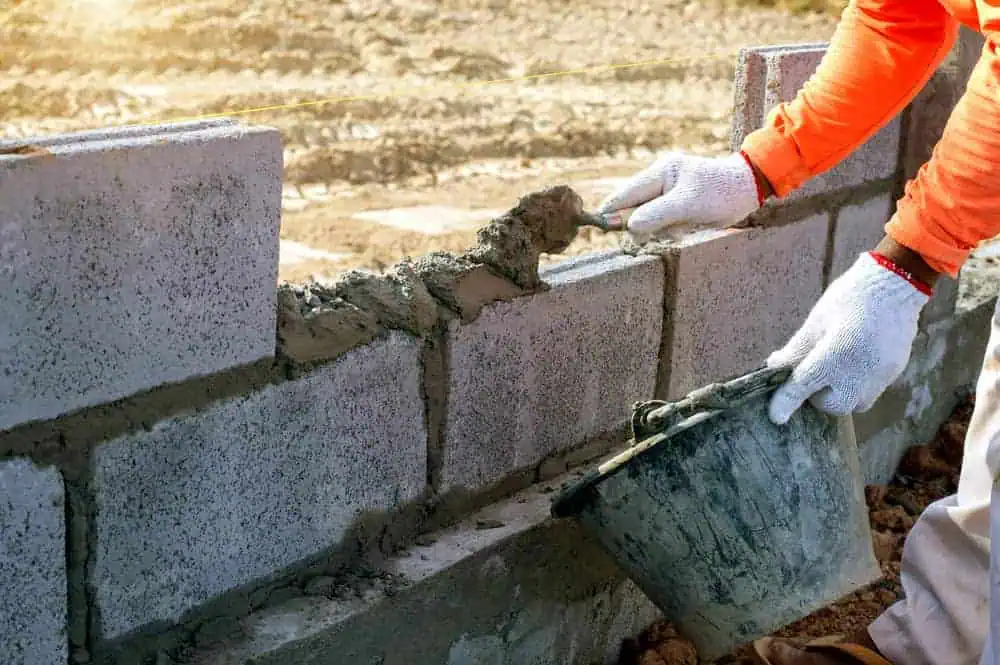Paving Contractor in Brighton, MA
Explore the newest innovations in paving installation in Brighton, MA. Our expert team at Academy Masonry delivers top-quality services.
Call Us Today: 508-501-3272

Paving installation has seen significant advancements in recent years. These new techniques enhance efficiency and durability, providing better results for homeowners and businesses. In Brighton, MA, these modern methods are becoming increasingly popular.
At Academy Masonry, we stay updated with the latest trends in paving installation. Our team is trained to use these advanced techniques, ensuring that every project we undertake meets the highest standards. This means you get a paving solution that looks great and stands the test of time.
Whether you need a new driveway, walkway, or patio, our team at Academy Masonry is equipped to handle your project with expertise and professionalism. We proudly serve Suffolk County and look forward to helping you enhance your property with our top-notch paving services.
Our team has extensive experience in the latest paving installation techniques.
We prioritize customer satisfaction, ensuring every project meets your expectations. So, give us a call today at 617-388-5207!
We use only the highest quality materials to ensure durability and longevity.

Modern paving techniques offer numerous benefits beyond just a visually appealing driveway or walkway. One of the main advantages is the enhanced durability. These advanced methods ensure that the paving materials can withstand heavy traffic and harsh weather conditions, reducing the need for frequent repairs and replacements. This means homeowners in Brighton, MA can enjoy a long-lasting, high-quality paving solution.
Another significant benefit is the efficiency of installation. Traditional paving methods can be time-consuming and disruptive, but modern techniques streamline the process. With faster installation times, your project can be completed quickly and efficiently, minimizing inconvenience to your daily routine. This is particularly beneficial for commercial properties in Suffolk County that cannot afford extended downtime.
Additionally, advanced paving techniques often incorporate innovative materials that require less maintenance. These materials are designed to resist common issues like cracking and erosion, ensuring that your paved areas remain in excellent condition with minimal upkeep. Choosing Academy Masonry for your paving needs means you’ll benefit from these advancements, ensuring your property looks great and functions well for years.

Sustainability is increasingly important in the paving industry, and new techniques are designed to be more eco-friendly. Modern paving solutions often use recycled materials and sustainable practices, reducing the environmental impact. In Brighton, MA, this trend is becoming more popular as residents and businesses look for ways to be more environmentally responsible.
One way sustainable paving techniques benefit the environment is by reducing waste. Using recycled materials can decrease the amount of waste in landfills. This not only helps the environment but also conserves natural resources. Academy Masonry is committed to incorporating these green practices into our paving projects in Suffolk County.
Another benefit of sustainable paving is improved water management. Permeable paving materials allow water to seep through, reducing runoff and promoting groundwater recharge. This is particularly important in urban areas where stormwater management is a concern. By choosing sustainable paving options from Academy Masonry, you contribute to a healthier environment and support eco-friendly initiatives in Brighton, MA.
Brighton is a former town and current neighborhood of Boston, Massachusetts, United States, located in the northwestern corner of the city. It is named after the English city of Brighton. Initially Brighton was part of Cambridge, and known as “Little Cambridge”. Brighton separated from Cambridge in 1807 after a bridge dispute, and was annexed to Boston in 1874. For much of its early history, it was a rural town with a significant commercial center at its eastern end.